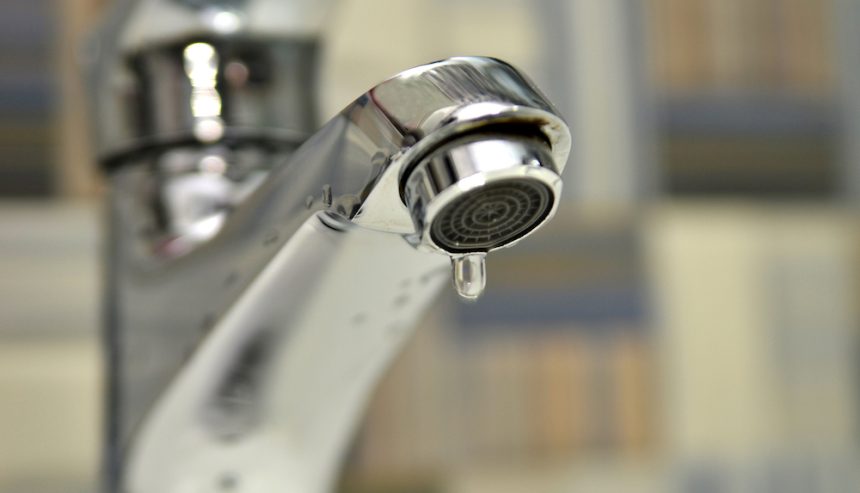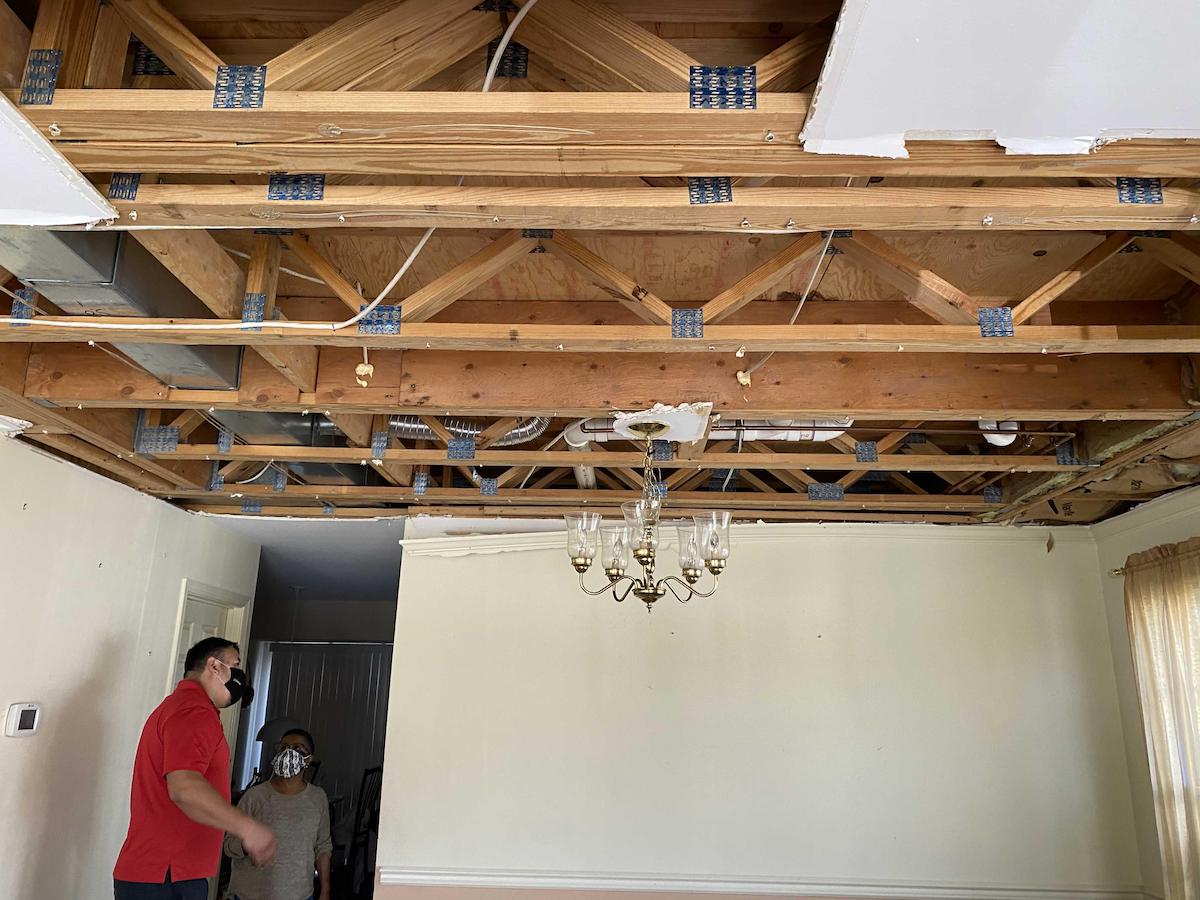A drip here, a drop there. When life gets busy, a small plumbing leak can seem easy to contain by wiping up the moisture occasionally or placing a bucket under the sink. But small leaks can add up to big problems over time, ranging from water damage to mold infestations. For example, did you know that a faucet leaking at one drop per minute can use 34 additional gallons of water in a year?
You may be surprised to learn that a dripping faucet and a slowly leaking pipe under the sink are not the only evidence of plumbing problems. Here’s what you should know to spot a problem area in your home.
How to Recognize a Potential Plumbing Leak
Sometimes leaking pipes are obvious–you can see (and sometimes hear) the water. But it is also possible to have a leak behind the walls or under the floor that you don’t know about. Look for these telltale signs:
- A sudden drop in water pressure
- Wet or discolored spots on the floor, ceiling, or walls
- An unexplained odor
- The appearance of mold or mildew
- Condensation or oxidation on metal screws, nails, and fixtures
- Higher than usual water bill
- Sagging ceilings
- Peeling or blistering paint or wallpaper
- The sound of trickling water or other strange noises in the pipes
If you notice one or more of these signs, call your local plumber for a general inspection.

The Dangers of Ignoring a Small Plumbing Leak
Even small plumbing leaks should be taken seriously. Slow leaks that continue over time can create a variety of health and safety concerns. Here are just a few:
- Structural damage. Water damage from leaky pipes can become expensive. The longer you wait to assess leaks, the more damage will occur, increasing costs. Flooring, light fixtures, and other decorative elements may eventually be affected.
- Mold and mildew. Water damage can result in mold and mildew, compromising your health. In addition to the damp, dingy smell, mold spores can lead to breathing problems and exacerbate asthma symptoms.
- Burst pipes. Winter temperatures are not the only cause of bursting pipes. Over time, a continuous trickle can wear away at the pipe, weaken the material, and eventually cause it to burst.
- Wasting water. A toilet with a malfunctioning flushing/filling mechanism can waste thousands of gallons of water each year. Removing the tank lid and temporarily fixing the problem will only work for a limited time.
- Water contamination. A leaky pipe means there is a break somewhere in the plumbing system. Hazardous contaminants can enter the system from the outside through pressure differential and pollute drinking water.
- Fire risk. Plumbing systems are usually in close proximity to electrical systems. A water leak near electrical wiring poses a fire hazard. Additionally, water behind the walls attracts rodents who may be tempted to chew through your wiring.
- Poisonous fumes. A broken drain or sewage pipe may allow sewer and other toxic gases to enter your home, posing a significant health risk. Sewer and drainpipe leaks or breaks must be treated as an emergency and remediated as soon as possible.
Like all the other building materials in your home, plumbing systems age and deteriorate over time. Why not develop the habit of inspecting all accessible pipes, drains, hoses, and valves to ensure they are in good shape? This is especially important if your home is over 20 years old. Look for subtle changes, like those listed above, and schedule any necessary maintenance before costly damage can occur.
Call PuroClean Restoration Services for Your Water Damage Needs
PuroClean Restoration Services is here to assist you with your water damage needs. Whether you’ve experienced a flood, leak, or burst pipe, our team of experts is available 24/7 to provide your home or business efficient service. We understand the urgency of water damage situations and are equipped with state-of-the-art equipment to assess and address the problem quickly. Our experienced professionals will ensure your property’s affected areas are mitigated in a timely manner. Don’t hesitate to contact us at (301) 277-2755 today.




 PuroClean Restoration Services
PuroClean Restoration Services